Title: Easy Ways to Remove Personal Data From Your Devices and Protect Yourself from Hackers
In our digitally connected world, the safety of our personal data is paramount. With the rise of cyber attacks and privacy breaches, it's essential to know how to remove personal data from your devices and safeguard yourself from hackers. In this blog post, we'll explore some easy yet effective ways to achieve this.
**1. Perform Regular Data Audits: Before you start the process of removing personal data, it's wise to conduct regular data audits. This involves identifying and categorizing sensitive information stored on your devices. Create a checklist of all the places where your data might be saved, including files, applications, cloud storage, and even your web browser.
**2. Backup Your Data: Before you start deleting data, ensure you have a backup. You might accidentally delete something important, so having a backup will save you from potential loss. Backup your data to an external hard drive or a secure cloud service.
**3. Delete Unnecessary Files and Apps: Over time, we accumulate files and apps that we no longer use. These can contain personal information that hackers could exploit. Go through your files and applications and delete what you don't need. Remember to empty your trash or recycle bin after deletion.
**4. Use Secure Passwords: Update your passwords regularly and make them strong. Avoid using easily guessable passwords like "123456" or "password." Utilize a combination of upper and lower case letters, numbers, and symbols. Consider using a password manager to keep track of your passwords securely.
**5. Enable Two-Factor Authentication (2FA): 2F A adds an extra layer of security to your accounts. Even if a hacker manages to get your password, they won't be able to access your accounts without the second authentication factor, which is usually a code sent to your phone or email.
**6. Encrypt Your Devices: Device encryption ensures that even if your device is stolen, the data stored on it remains inaccessible without the encryption key. Most modern smartphones and computers offer built-in encryption options. Enable this feature to protect your data.
**7. Regularly Update Software: Software updates often contain security patches that fix vulnerabilities hackers could exploit. Keep your operating systems, apps, and antivirus software up to date to stay protected.
**8. Review App Permissions: Many apps request permissions that might not be necessary for their functionality. Review and revoke unnecessary permissions from apps to limit their access to your personal data.
**9. Use Public Wi-Fi Cautiously: Public Wi-Fi networks are a breeding ground for hackers. Avoid accessing sensitive information while connected to public Wi-Fi, as these networks are often less secure.
**10. Be Wary of Phishing Attempts: Hackers often use phishing emails to trick you into revealing personal information. Be cautious of unsolicited emails asking for sensitive data or instructing you to click on suspicious links.
**11. Securely Dispose of Devices: When getting rid of old devices, ensure you wipe them clean. Simply deleting files might not be sufficient, as data can still be recovered. Use factory resets or data wiping tools to ensure all data is removed.
**12. Monitor Your Accounts: Regularly monitor your bank statements, credit reports, and online accounts for any suspicious activity. Early detection can prevent serious issues down the line.
In conclusion, protecting your personal data and guarding against hackers requires a proactive approach. Regular data audits, strong passwords, encryption, and cautious online behavior are key components of a robust cybersecurity strategy. By implementing these easy yet essential practices, you can significantly reduce the risk of your personal data falling into the wrong hands. Remember, staying informed and staying vigilant are your best tools in the fight against cyber threats.



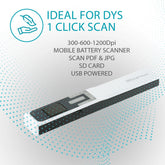









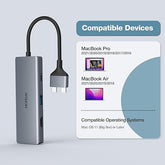

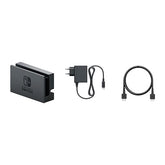





![["B0B1L87TMY"]](http://smarttechshopping.com/cdn/shop/products/7110BNil-dL._AC_SL1500_165x.jpg?v=1695449139)







Leave a comment
Please note, comments need to be approved before they are published.